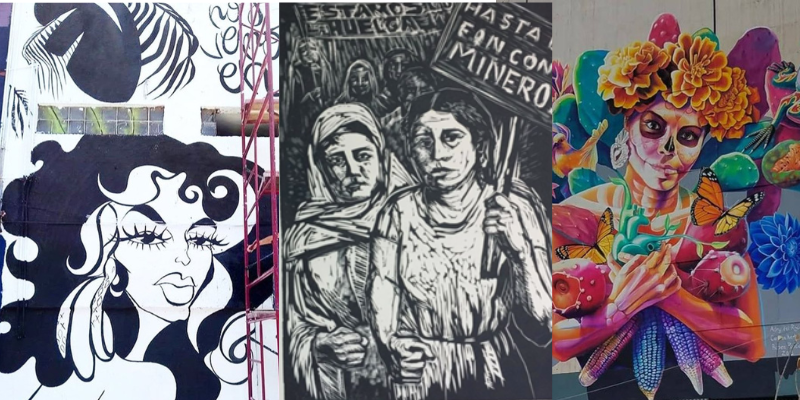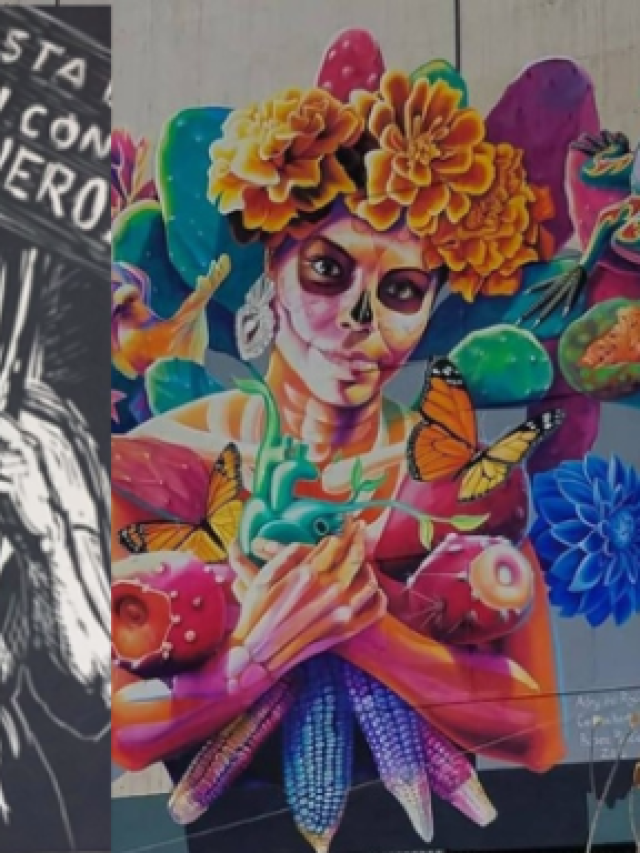“I am completely primitive and savage. I love freedom above all.”
– Aurora Reyes
Introduction
Emerging in the wake of the Mexican Revolution, the Mexican muralism movement proved revolutionary in its essence. This dynamic movement not only ushered in fresh concepts and perspectives but, crucially, democratized art, making it accessible to all. Distinguished by its vibrant and intricate murals, this movement unveiled art as a potent tool for widespread communication, disseminating notions of patriotism, historical consciousness, and cultural pride. While luminaries such as Diego Rivera, David Siqueiros, and Jose Orozco stand prominently as the movement’s vanguards, there’s an uncharted realm of lesser-known figures, often from marginalized backgrounds, who remain uncelebrated but were instrumental in driving its vision. Notably, within this artistic landscape, women artists emerged as influential forces, propelling the movement’s revolutionary ideas, championing the cause of socialism, and casting light on gender disparity and social injustice. The narrative extends beyond history’s confines; even today, women continue to play a pivotal role in Mexico’s mural artistry, etching their mark onto the canvas of an ever-evolving movement
Mexican Muralism: A Quick Overview
Beginning in the 1920s, the movement marked a changing outlook towards art itself. The Mexican Revolution led to the establishment of a new government under the Partido Revolucionario Institucional (PRI). The main aim of the new leadership was to unite the large number of indigenous Indian and mixed European identities found across the country, simply as ‘Mexican’. There was a need to remind people of collective histories, shared folklore and also spread the message of racial harmony. It was understood that art would be a more efficient way of reaching a then largely illiterate population, in comparison to pamphlets or newspapers. Thus, a reinvention of murals and frescoes that were already rooted in Mexican heritage, took place.
The Early Women of the Movement
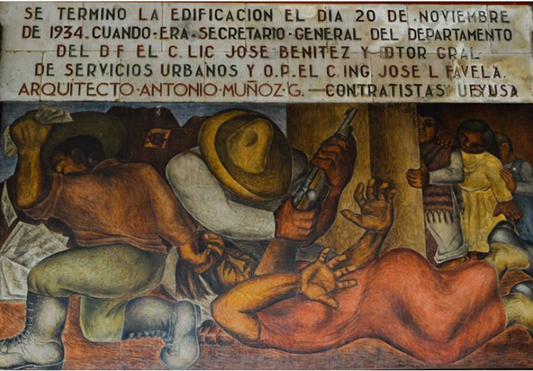
Source: Latin American Post
A discussion on the women who contributed to the movement may most appropriately be begun with Aurora Reyes- widely regarded as the first woman artist of Mexican muralism. Also a writer and political activist, the artist is known today for her revolutionary paintings that questioned the conditions of the underprivileged members of society and specifically, the struggles of women. Her Attack on Rural Women Teachers (1936), is a popular example that shows an instance of physical assault happening on women in their place of work. Her pieces, including city murals, featured women extensively, popularising the image of women in the public sphere. In Reading Lessons, the protagonists appear to be two young girls reading a book together- once again featuring the message of women’s education.
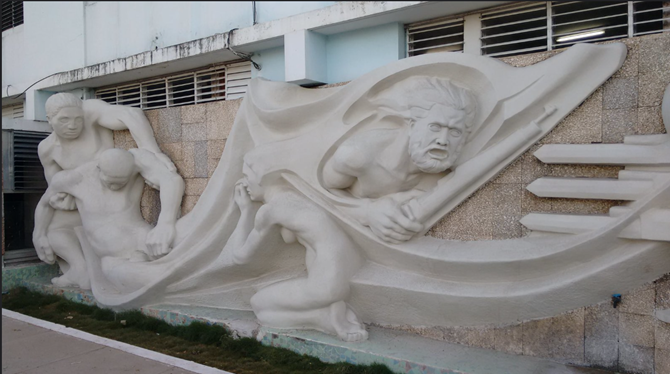
Source: Flickr
Another important contributor to the movement was Electa Arenal, who was taught painting by her mother, Elena Huerta with whom she painted frescoes at the Universidad Autónoma Agraria Antonio Narro. She also collaborated with Diego Rivera and David Sequeiros. In her case, too, revolutionary ideals came through in her work and she was particularly focused on the Cuban revolution as seen in Revolución Cubana. Her popular pieces include Canto a la Revolución (1960s) which showcases her sculptural talent and ability to capture raw emotion, as well as other works like Maternidad featuring a foetus in the womb. As mentioned above, her mother Elena Huerta was a renowned artist of the time- truly a pioneer in the field of muralism. According to Mexicanist, she created what is believed to be the largest mural to be made by a woman in Mexico, which is of 450 square meters. Trained as a painter and printmaker too, and she also taught art. Her body of work is quite large and is situated majorly around Saltillo, Coahuila. There were also several important women artists of the generation who were foreigners in Mexico. Many came there as students at the “La Esmeralda”: National School of Painting, Sculpture, and Engraving like Rina Lazo, while others such as Fanny Rabel were disciples of popular muralists.
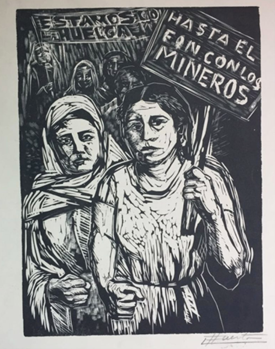
Source: Medium
Their Legacy: Muralists Today
The work of women in the movement highlighted social issues surrounding gender, and featured the faces, sufferings, and joys of women, while also simply existing as a means of making their voices heard. However, they are less talked about than the major male artists of the movement even today, despite their contributions. When looking for the legacy they have left behind, one sees the many modern-day Mexican muralists who are women- working actively in their art and breaking more glass ceilings along the way.
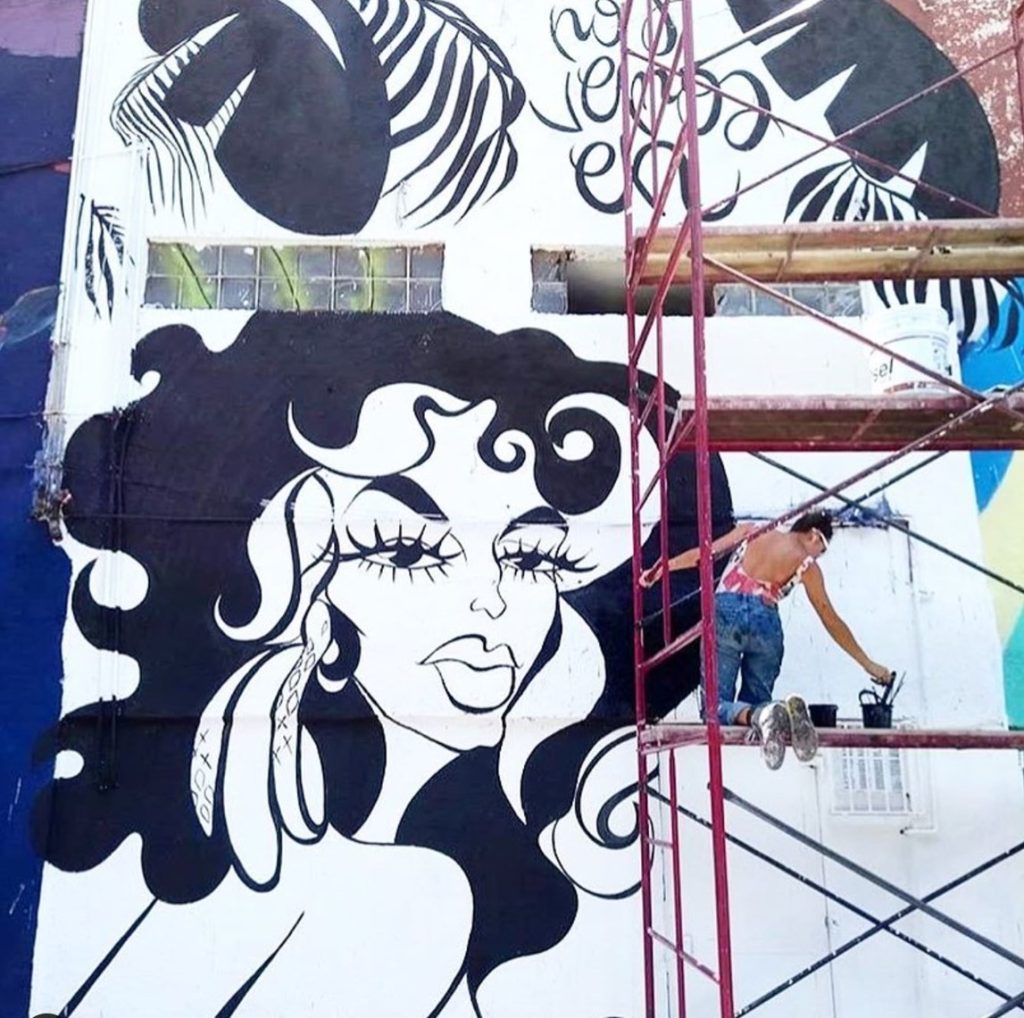
Source: POLI.VISION
Scarlett Baily, the popular visual artist, works with murals that are both black and white, as well as colour. Her popular works feature women, their bodies, and even the interconnection of folklore with them. She is also an activist who advocates for the representation and inclusion of women muralists. In Adry del Rocio’s work too, one sees the reflection of Mexican cultural imagery- including brilliantly coloured flower motifs and vibrant portraits. Muralists also work in a variety of arenas surrounding art- including for the purpose of protest and study. Mariana Botello’s unique floor mural is part of the ‘bluewomenpinkmen’ project, which deals with gender equality for men, women, and gender non-conforming individuals. Mural artists like Patricia Quijano Ferrer, on the other hand, also work in academia surrounding muralism, as she was a professor of muralism at the Universidad Nacional Autónoma de México.
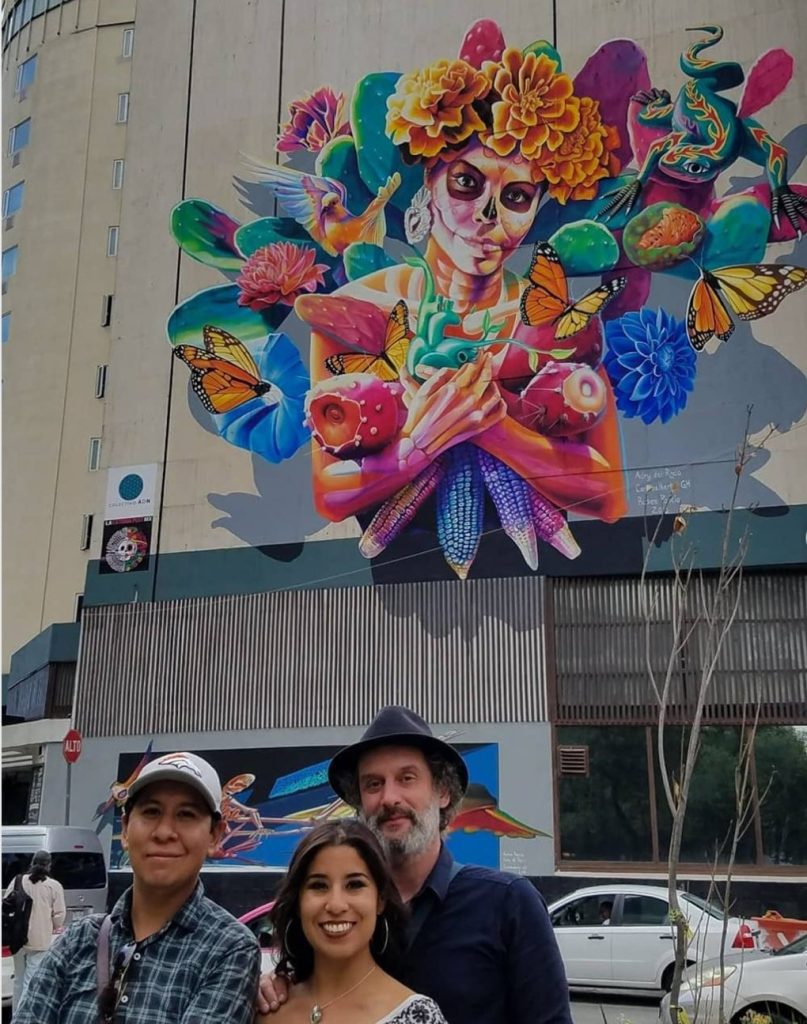
Source: POLI.VISION
The Mexican muralist movement revived and popularised the art form of muralism, giving it legitimacy and support unlike ever before. The massive step forward that this was, it would definitely have not been possible without the women who worked on the art styles and innovative techniques still in use today. The presence of a community of women muralists in the present was definitely contributed to by these women before them- yet, besides a few, knowledge about many has been lost. There is a need to acknowledge the role of women in all forms of art around the world, not simply by noting their presence- but by ensuring that their histories are preserved, their works are studied, collections of information on them are increased and that they are offered credit where it has been long overdue.
SOURCES:
- The Art Story- Mexican Muralism
- The Art History Teaching Resources- Mexican Muralism
- Mexicanist- The Great Women Of Muralism In Mexico
- Latin American Post- Aurora Reyes A Rebel Artist Who Fought For Equality in Mexico
- Annex Galleries- Muzquiz Elena
- Polivision Modlangs- 10 Mexican Women Muralists to Watch Out For.
Read More:
Saved or Sold: Diego Rivera’s Mural Stuck at the San Francisco Art Institute

Contributor

